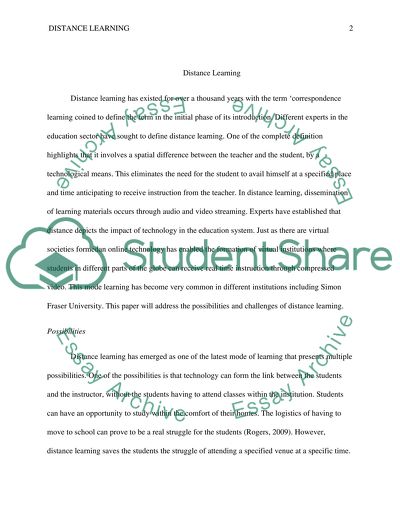Cite this document
(“Distance Learning - Possibility and Challenge Essay”, n.d.)
Retrieved from https://studentshare.org/education/1494022-distance-learning-possibility-and-challenge
Retrieved from https://studentshare.org/education/1494022-distance-learning-possibility-and-challenge
(Distance Learning - Possibility and Challenge Essay)
https://studentshare.org/education/1494022-distance-learning-possibility-and-challenge.
https://studentshare.org/education/1494022-distance-learning-possibility-and-challenge.
“Distance Learning - Possibility and Challenge Essay”, n.d. https://studentshare.org/education/1494022-distance-learning-possibility-and-challenge.


